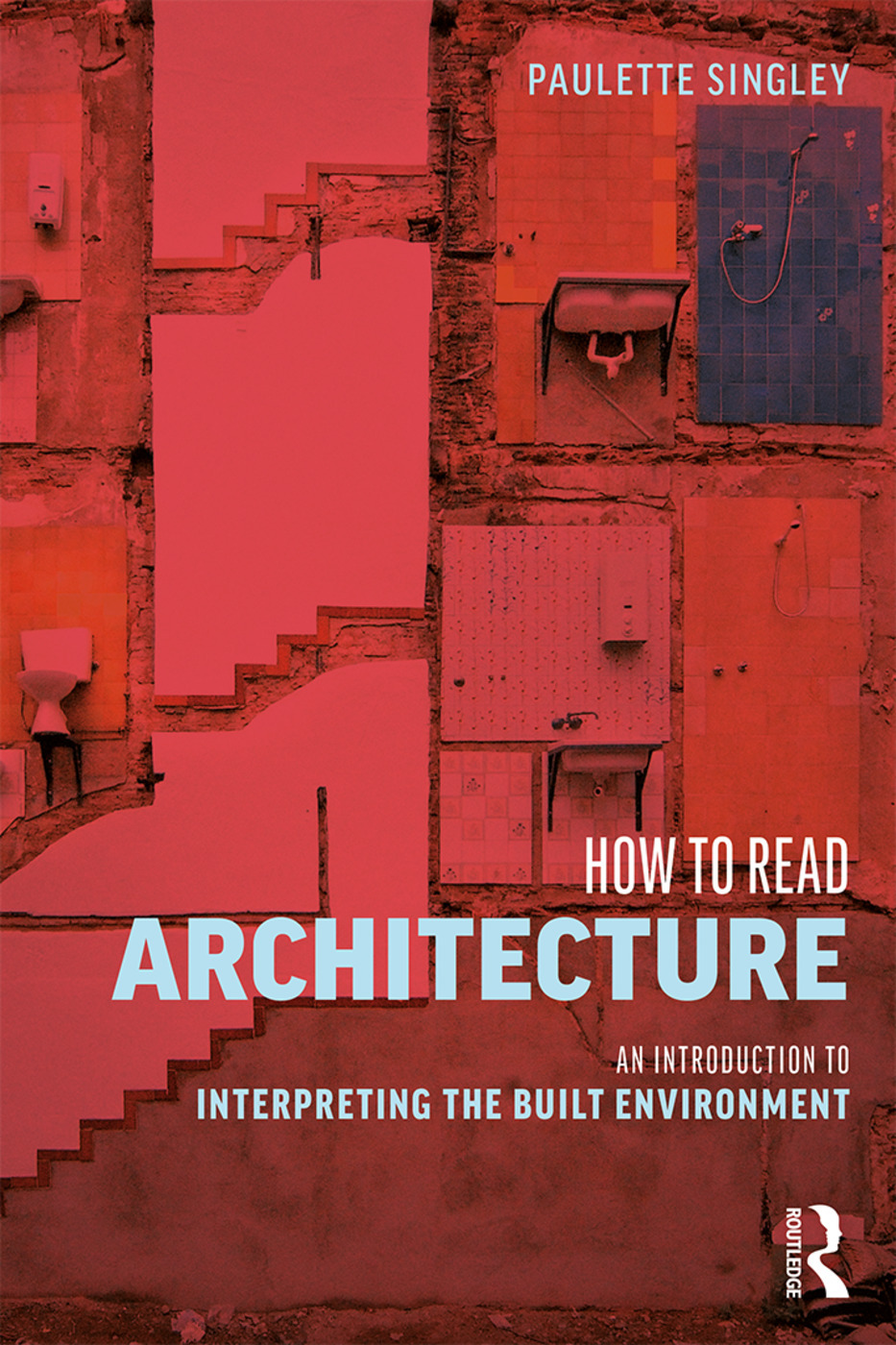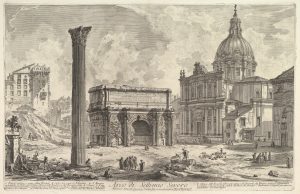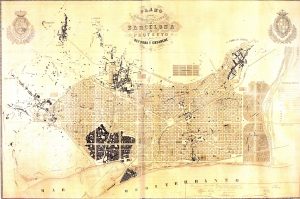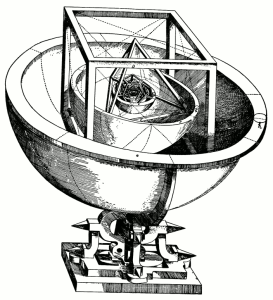Paulette Singley
Routledge, 2019

Paulette Singley’s recent work How to Read Architecture: An Introduction to Interpreting the Built Environment is an intricate journey through the multifarious and oftentimes overwhelming nature of the architectural world. The author’s adept use of language smoothly carries readers through a selected yet extensive number of historical, contemporary, multicultural, and geographically diverse examples of architecture. During the course of this navigation, she offers interpretations of buildings, monuments, ruins, meanings, cultural contexts, and abstract concepts that have brought each specific architecture to the fore. For every case study under examination, Singley employs (and suggests) principles and interpretation techniques that can explain the text (explication de texte) of architecture. Her intention is to forward a reading of the built environment beyond the notions of use, form and function, opening up our understanding to the “external, internal and intrinsic pressures” (5) that bring architecture to life.

The book is built on a clear four-part structure. Part One, titled “Reading Between the Lines,” discusses the connection between buildings and books. Reading is understood as a literal process, particularly when it comes to signs, words, and language inscribed on architecture. The following three parts are defined by the way one is situated in relation to a building. The titles “Outside-In Architecture,” “Inside-Out Architecture,” and “Out-and-Out Architecture” seem to suggest a straightforward description of what one will encounter in each part’s respective chapters, yet the author surprises the reader with the creative, humorous, and at times unexpected concepts and notions she dedicates these chapters to. In “Outside-In Architecture,” for example, while the situatedness of architecture is examined within its cultural, temporal, and sociopolitical context, Singley moves beyond these categories and connects architecture with elements of the culinary arts, psychoanalysis, and theatrical scenography.

At the same time, she touches upon and critically comments on important theoretical ideas that have for years defined the conversation regarding context, like critical regionalism. In “Inside-Out Architecture” Singley investigates the most tangible, even banal, elements that define the interior space of architecture, such as environmental controls and material performances. In a time when architectural discourse is characterized by an “atmospheric turn,” with many publications attempting to grasp, define, and stage the fleeting and elusive atmospheres of space, Singley examines the very pragmatic aspect of the term, as temperature and humidity within a building. In “Out-and-Out Architecture” she discusses type, form, and enclosure, suggesting unique typological approaches in interpreting the built environment, under categories like “rational” or “digital” types.

Through all the book’s various suggested concepts and connected interpretations, the historical, philosophical, and interdisciplinary connections that the author brings along to support her readings manifest her wide knowledge of the built environment’s complexities and history—as well as her interests in fields outside the architectural world. The latter characteristic admittedly becomes a richness of the book, emerging from the author’s diverse collaborative work on edited collections regarding architecture and food (Eating Architecture, 2004) or fashion (Architecture in Fashion, 1996).
How to Read Architecture should not be confused with guides like How to Read Buildings (Carol Davidson Cragoe, 2008) that focus on buildings’ tectonic elements without looking at the historical, sociopolitical, and contextual parameters that impact architecture. Singley’s work deepens substantially the conversation on that front.
While the book’s journey through different architectural examples (and relevant principles regarding their reading) is definitely vast and impressive, the selection of these examples is not necessarily the most characteristic one. A reader more initiated into architecture than perhaps a student would be wonders why specific architectural examples have been prioritized over other possible ones in relation to specific notions and ideas. A clear explanation regarding these choices could strengthen the understanding of their reading. On that same front, some atemporal historical connections (Baroque architecture as a proto-parametric model or Palladio’s buildings as a parametric “shape grammar”), although acknowledged by the author in the text, would benefit from further elaboration and more meticulous justifications. The fact that the book is intended as an introduction makes it understandable that these areas are not addressed in a more thorough manner.
One element that could have been addressed, however, is the final aftertaste of the book. Without a concluding chapter bringing together all the notions discussed independently throughout the different chapters, the reader seems to end a well-cooked four-dish meal without a digestif; a digestif that can lead to a comprehensive and holistic understanding of the built environment’s wonderful complexities. This concluding part (possibly titled “In-and-In Architecture”) could also touch briefly on the very intimate nature of architecture, its mesmerizing and almost metaphysical qualities, its capacity to leave us speechless or make us dream while we are in its presence. Such an encounter may defy interpretations or readings, but it allows us to partake of the built world in an immersive, embodied, and emotional way that undoubtedly enhances and reinforces the rational and categorical reading suggested by the author.

Angeliki Sioli is an assistant professor at the Department of Architecture, Delft University of Technology (TU Delft). She is editor of Reading Architecture: Literary Imagination and Architectural Experience (Routledge, 2018) and is currently editing The Sound of Architecture: Acoustic Atmospheres in Place (Leuven University Press, 2021).
How to Cite This: Sioli, Angeliki. Review of How to Read Architecture: An Introduction to Interpreting the Built Environment, by Paulette Singley, JAE Online, April 23, 2021.






